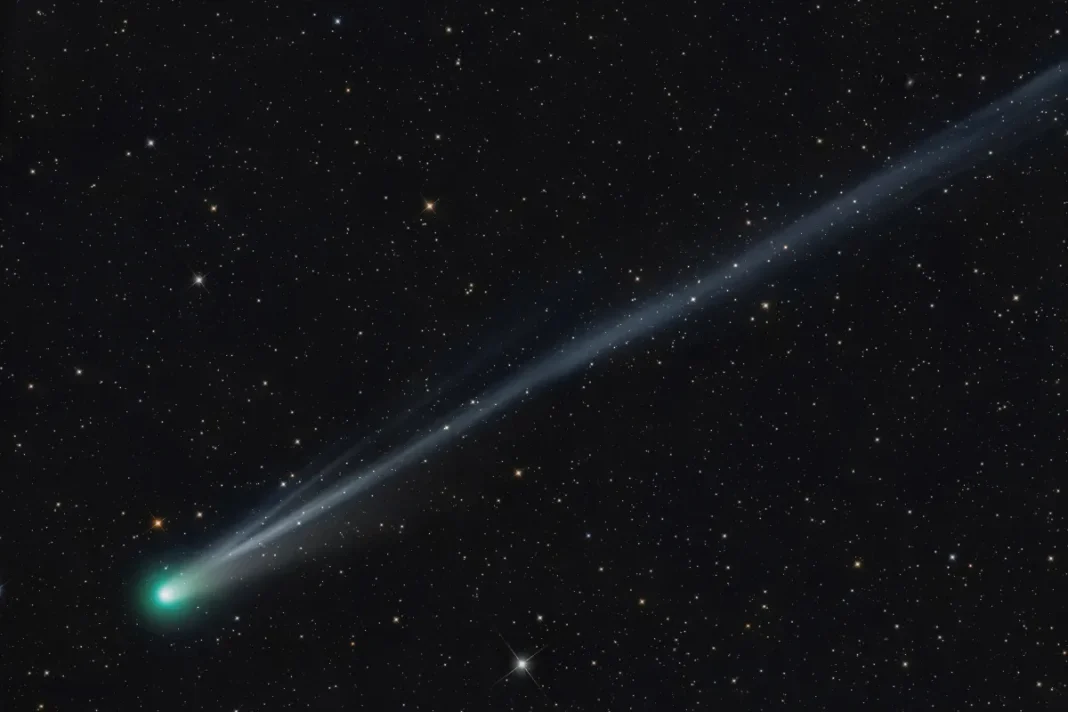Key Takeaways
- Two rare comets, SWAN and Lemmon, are currently visible in Indian skies this week
- Both can be spotted with binoculars from dark locations after sunset
- This is an exceptionally rare dual comet event with thousands of years between appearances
Two spectacular comets are currently gracing skies across India this week, offering skywatchers a rare celestial double feature. Comets C/2025 R2 (SWAN) and C/2025 A6 (Lemmon) are both visible through binoculars from dark-sky locations, creating an unusual astronomical phenomenon.
Once-in-a-Lifetime Celestial Event
This dual comet appearance is particularly significant because such events are extremely uncommon. While comet SWAN won’t return to our solar system for another 20,000 years, comet Lemmon has an even longer orbital period and will next be visible in the year 3175.
Both comets recently made their closest approaches to Earth – SWAN on Monday and Lemmon on Tuesday – making this week the optimal viewing period.
Spotting the Brighter Comet: Lemmon
Comet Lemmon is the brighter of the two, currently shining at magnitude 4.5 according to SpaceWeather.com, which places it technically within visible range. Some estimates suggest it might brighten further, though astronomers note uncertainty about this potential increase.
How to View Both Comets
Skygazers can observe these celestial visitors about an hour after sunset, around 7 PM. While binoculars provide the best view, some reports indicate long-exposure photography might also capture them.
Finding Comet Lemmon: Look toward the northwest horizon in the Boötes constellation, near the ‘handle’ of the Big Dipper (Saptarishi). This comet sets around 7:45 PM.
Locating Comet SWAN: This comet appears slightly higher in the sky, positioned just above the teapot-shaped Sagittarius constellation in the southern horizon.
Discovery Background
Both comets were discovered in 2025 and originate from the outer solar system. Comet Lemmon was first spotted on January 3, 2025, through the Mount Lemmon Survey in Arizona, USA. Comet SWAN was discovered later, on September 10, by Ukrainian amateur astronomer Vladimir Bezugly.
This event follows the appearance of comet C/2023 A3 (Tsuchinshan) in October 2024, which was also binocular-visible. The last comet widely visible to the naked eye was C/2020 F3 (NEOWISE) in mid-2020.




